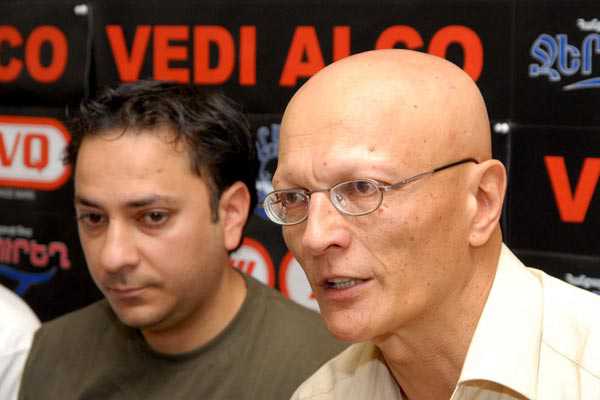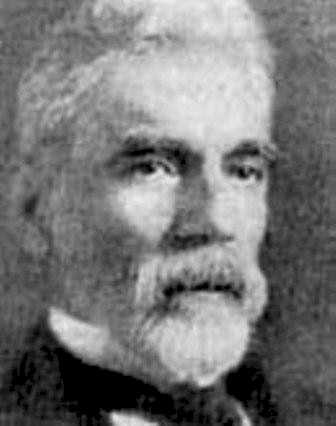By Gayane Abrahamyan
Armenian experts are warning that in Turkey almost everywhere panels telling about Armenian monuments present distorted information, which shows a consistent attempt by Turks to erase Armenian traces inside what now is within the borders of their state.
 “While generally signs and notices placed near monuments are designed to inform tourists, in Turkey their special purpose is to mislead them and present a totally different history,” says specialist in Oriental studies Raffi Kortoshyan, who works as an expert for Research on Armenian Architecture NGO.
“While generally signs and notices placed near monuments are designed to inform tourists, in Turkey their special purpose is to mislead them and present a totally different history,” says specialist in Oriental studies Raffi Kortoshyan, who works as an expert for Research on Armenian Architecture NGO.
One of such outrageous examples cited by Armenian experts is the huge information panel near the ruins of Ani that presents the history of the area beginning from the Stone Age and chronologically presents almost everything, except its Armenian period, while the royal Armenian dynasty of the Bagratunis is presented as the Bagratoglu emirate.
“Perhaps they did not have enough space for Armenians,” Kortoshyan comments with irony, adding that such cases aren’t inadvertent omissions but rather amount to a consistent policy in Turkey.
“Often we see that when a brazen lie is written on a panel, it only has one variant, in Turkish, while in English this passage is omitted, because they realize that the lie is too blatant,” he says.
Experts at the monuments studying NGO highlight the important of the joint initiative of the Turkish government and the World Monuments Fund to restore the St. Savior Church and the Cathedral of Ani, but they believe the results of the restoration work will be questionable unless Armenian specialists are engaged in the projects.
NGO head Samvel Karapetyan says that under the guise of restoration work they also distort the original Armenian architectural form.
“They try to restore it, but in reality we see wrong restoration and distortions. A visual image distortion is committed and it seems to me that there is no desire and their professional ability is not enough to implement proper restoration,” says Karapetyan.
He says according to his information there is no desire yet to engage Armenian specialists in the restoration project in Ani.
via Erasing traces of Armenian presence: Turkey accused of misrepresenting history of monuments – News | ArmeniaNow.com.

